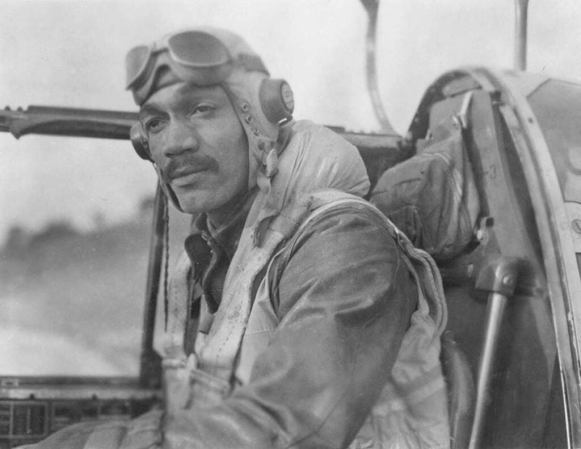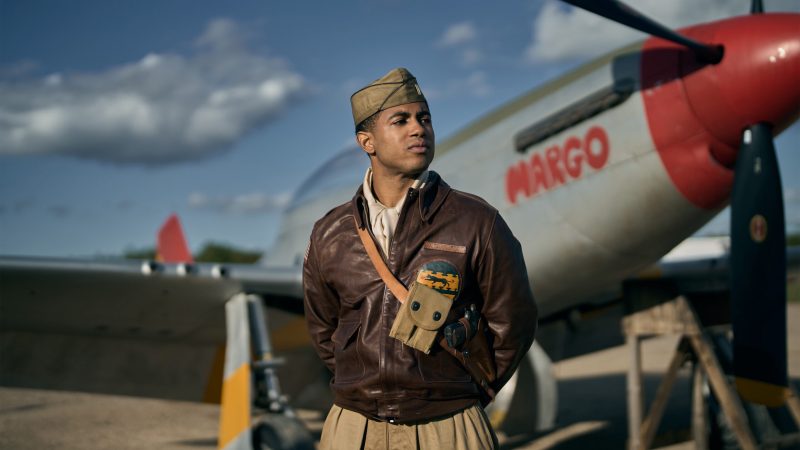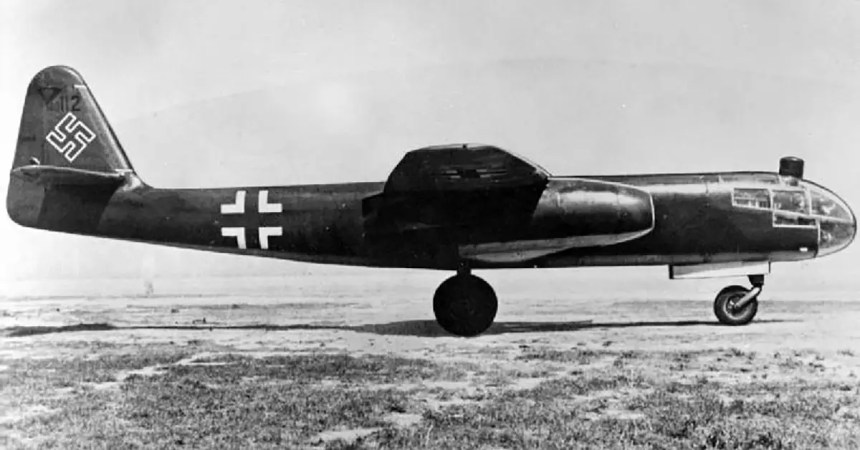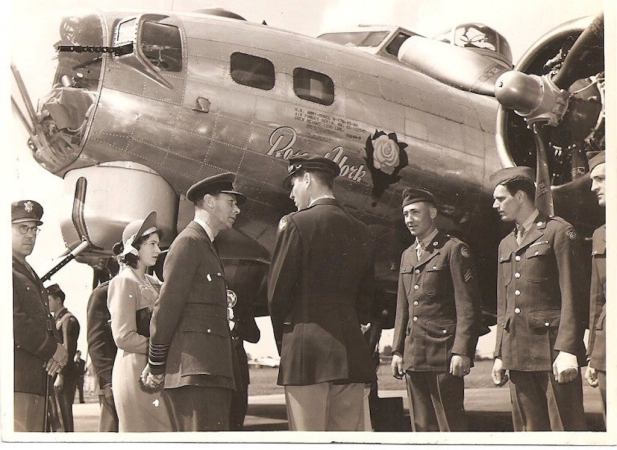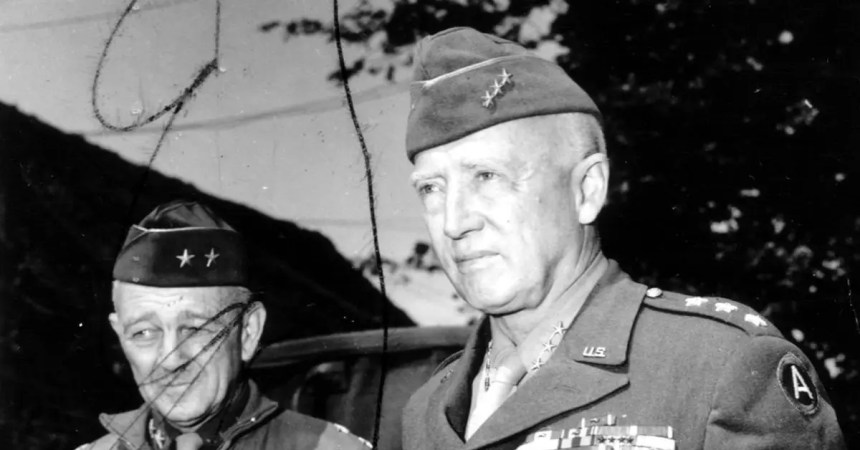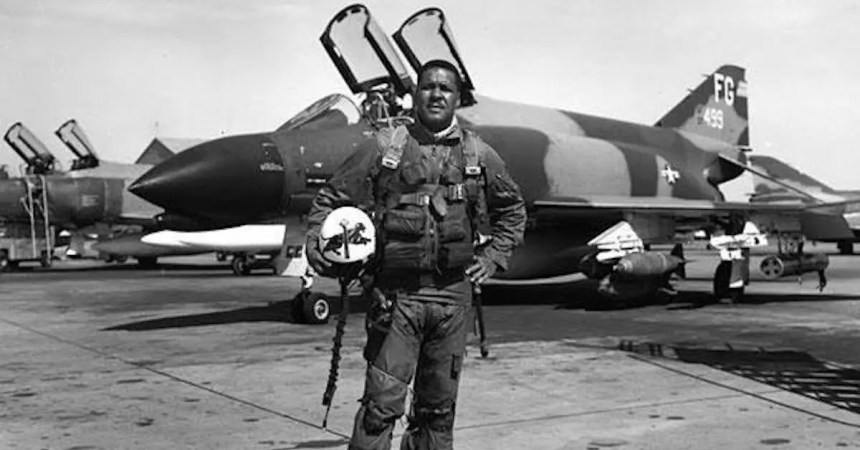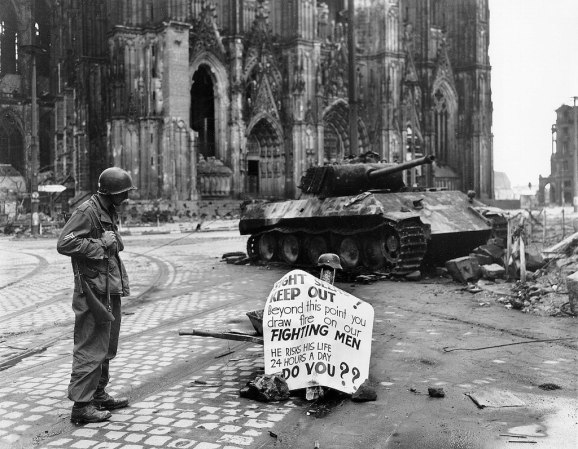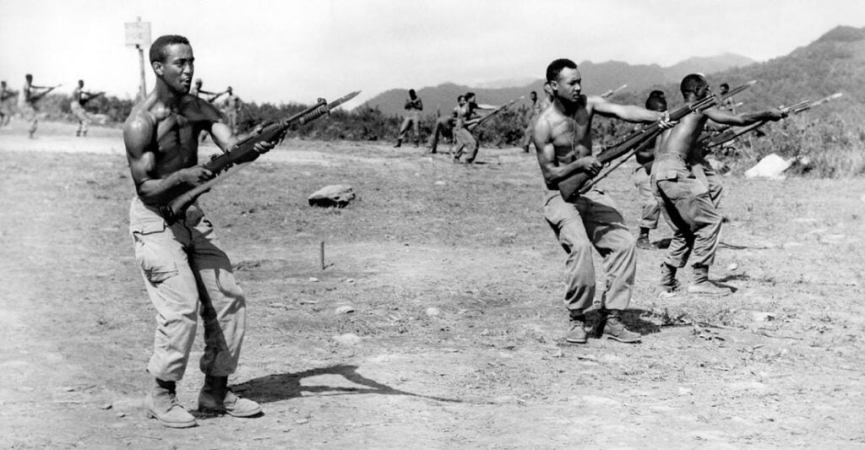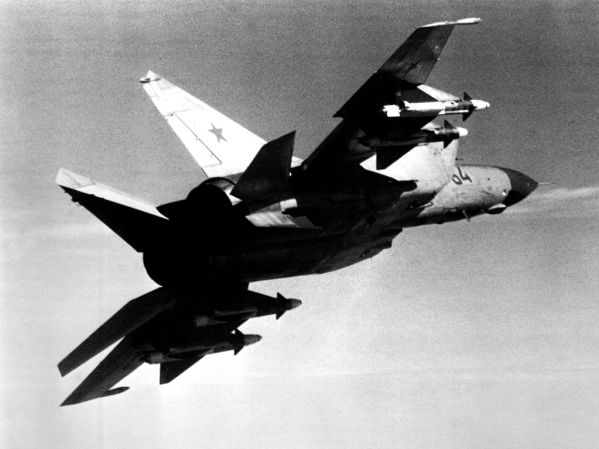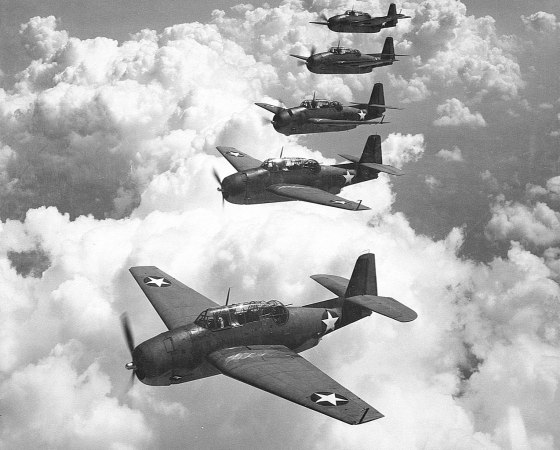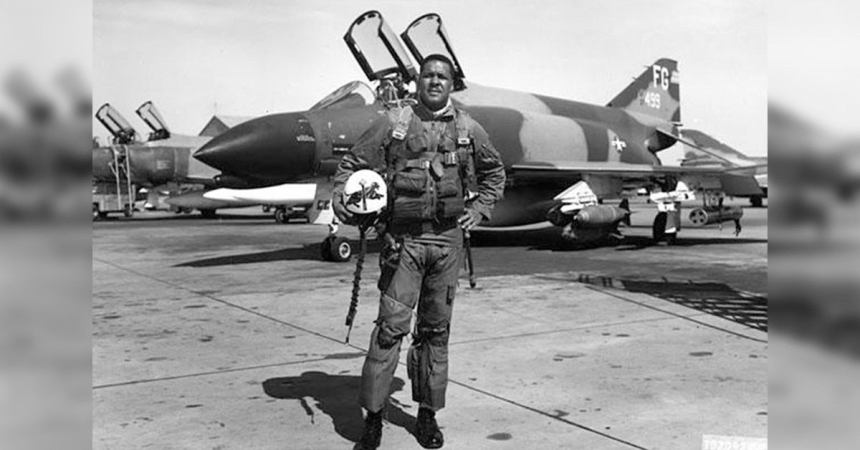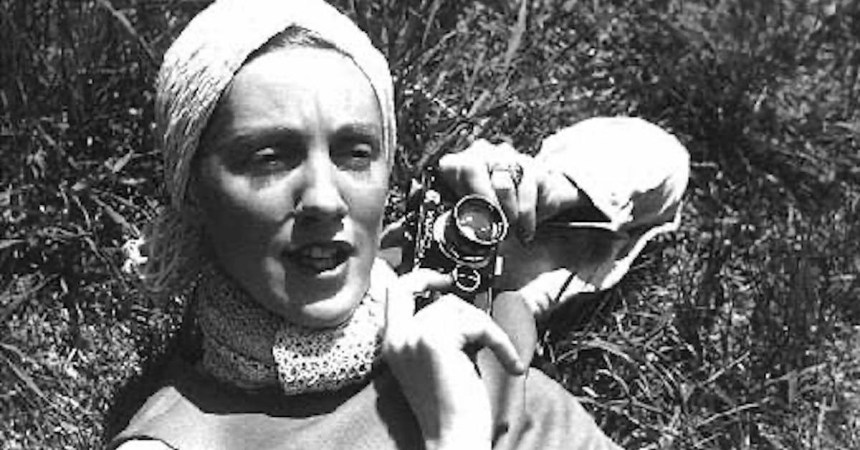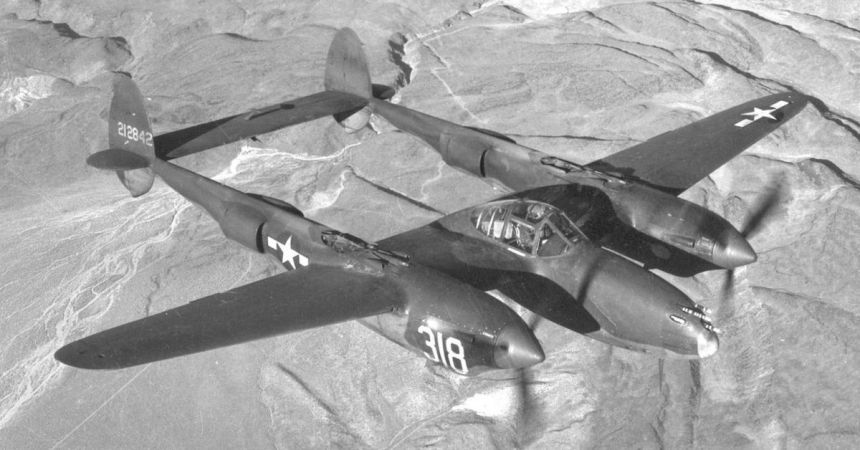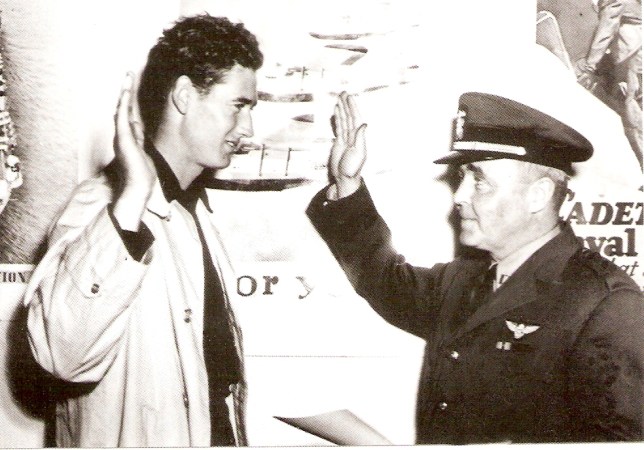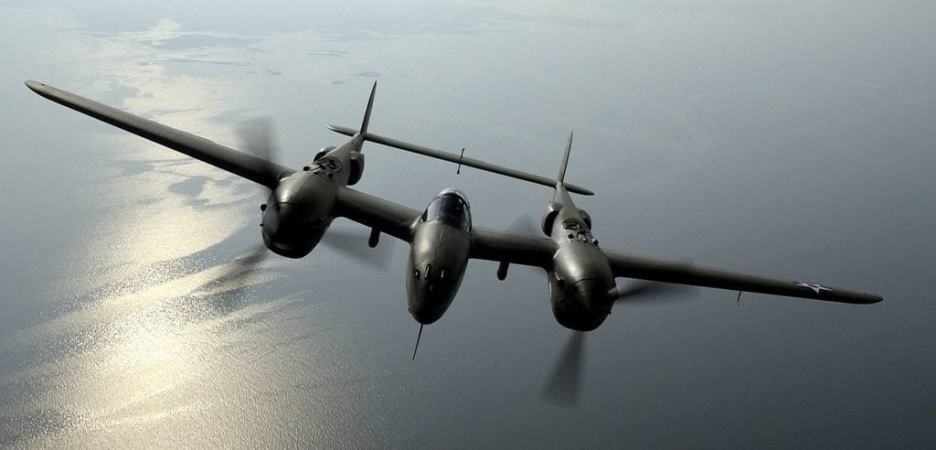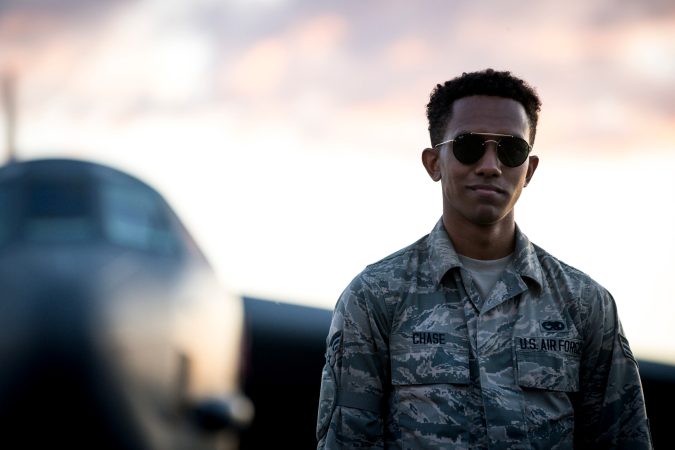In 1941, the U.S. Army Air Forces started an experiment that would help change the face of warfare: They invited 13 black cadets and officers to train as pilots and additional students to train as navigators, bombardiers, mechanics, and other support staff to Tuskegee, Alabama.

(Charles Henry Alston)
The Tuskegee pilots faced long odds. The American military was segregated for all of World War II — and many people at the time thought that black people lacked the mental capabilities necessary to pilot sophisticated planes. It would take a sequence of overwhelming successes for the brave Tuskegee Airmen to deconstruct that fallacy.
They got some lucky breaks, like when first lady Eleanor Roosevelt visited the school and accepted a black instructor’s offer take her on a flight over the base, but their real chance to prove themselves came overseas, when Tuskegee-trained pilots were assigned to fighter, pursuit, and bomber units in Europe, There, they faced off against Italian and German pilots.
Their first taste of combat came in May, 1943, when the 99th Pursuit Squadron was sent against Italian fighters over Tunisia. They tangled with Italian fighters — neither side suffered losses. But their efforts in the sky were part of what forced the Italian garrison at Pantelleria to surrender on June 11.

(U.S. Air Force)
The first shootdown by a member of the 99th came later that month when Lt. Charles B. Hall flew an old P-40 against a German fighter and downed it. Despite this early success, the 99th came under political fire as its partnered fighter squadron complained about their performance.
The complaining commander failed to note, however, that the 99th was excluded from mission briefings, was intentionally based dozens or hundreds of miles further from the front lines, and that they were forced to fly older planes.
Despite the political pressure at home, where publications like Time Magazine repeated criticisms with little investigation, the 99th was sent to Italy and allowed to continue flying.

(U.S. Air Force)
It was here that the men really began carving their place in history. As the critics sharpened their knives, the 99th sharpened their skills. Over the plains and hills of southern Italy, they escorted bombers and provided cover for beach landings and infantry assaults.
In Italy, their partnered fighter group folded the Tuskegee fliers into operations, allowing the black pilots to fly on more equal footing. In just a week of fighting in January, 1944, the 99th shot down 12 German fighters.
Then, three black fighter squadrons arrived in Italy as the 332nd Fighter Group and the 99th was soon folded in with them. The 332nd was assigned to escort heavy bombers and was given new P-47s and P-51 Mustangs for the mission.
It was in these operations that the planes were given their distinctive “Red Tail” paint job and that the pilots would make history.
The primary job of the 332nd was to protect bombers going deep into German territory, a mission that required them to fly past hostile air defenses and then grapple with enemy fighters, often while outnumbered, in order to ensure that the bombers could deliver their ordnance and successfully return home.
And the 332nd was great at it. They were so good, in fact, that a legend arose that the 332nd never lost a bomber under their protection. They actually did lose 25 aircraft over 200 missions, but that was leaps and bounds ahead of the norm in the 15th Air Force where an average fighter group lost 46 bombers.

(U.S. Air Force Tech Sgt. Ben Bloker)
The Tuskegee men’s success was so well known that bombers’ would sometimes specifically request the 332nd for dangerous missions, but they were never told that their escorts in the “Red Tails” were black. In fact, the 332nd flew the deepest escort mission the 15th Air Group ever flew, a 1,600-mile round trip to bomb a tank factory in Berlin.
Over the course of the war, Tuskegee pilots flew over 15,000 combat sorties, downed 111 German aircraft, and destroyed over 1,000 railcars, vehicles, and aircraft on the ground. They even once damaged a large torpedo ship so badly that it had to be scuttled.
The 332nd’s performance was widely reported in the closing days of the war, and it led to a larger discussion in the mid- to late-1940s about whether it made sense to keep the military segregated.

(U.S. Air Force Tech Sgt. Lee Harshman)
Military segregation had previously been questioned in the 1920s, but a racist and later discredited report released in 1925 had claimed that black pilots were naturally inferior. The combat performance of the 332nd combined with the valor of the 92nd Infantry Division made those erroneous claims even harder to believe.
The U.S. military was officially integrated in 1948. The 332nd still flies and fights today with black and white pilots working side-by-side as the 332nd Expeditionary Operations Group.



